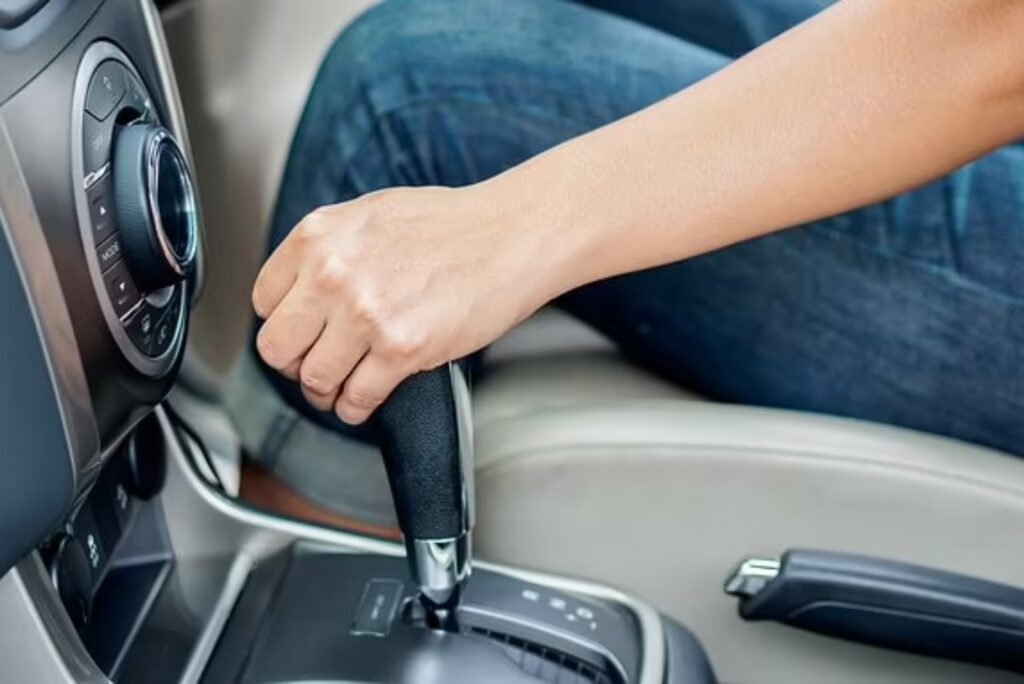The introduction of automatic transmissions marked a pivotal shift in automotive engineering and consumer preferences, making driving easier and more accessible. This article traces the history of automatic cars, beginning with early experiments in transmission technology to modern advancements that have made automatic vehicles the norm for drivers around the world.
The Early Days of Transmission Technology
Before the concept of automatic transmissions existed, manual gear-shifting was the standard. Early cars, particularly those from the late 1800s, required significant skill to operate due to the intricate gear systems and challenging controls.
Manual Transmissions and the First Automobiles
Early cars relied on manual transmissions that required drivers to engage in complex gear-shifting. Vehicles like the Ford Model T, introduced in 1908, featured a two-speed planetary transmission, which was less complex than modern manual transmissions but still required active driver involvement.
Early Attempts at Automatic Transmissions
The idea of reducing driver workload with an automatic transmission began to take hold in the early 20th century. Several inventors and engineers began experimenting with semi-automatic mechanisms that would allow for smoother driving experiences.
Sturtevant Brothers’ 1904 Experiment
In 1904, the Sturtevant brothers in Boston created the first semi-automatic transmission system. While innovative, it was prone to mechanical failure and never saw widespread use.
Alfred Horner Munro’s Contribution (1921)
Alfred Horner Munro, a Canadian engineer, patented a prototype of an automatic transmission in 1921. This transmission operated with compressed air rather than the hydraulic systems used today. While it was a significant advancement, Munro’s invention wasn’t powerful enough for practical use in vehicles at the time.
The Breakthrough of the Hydra-Matic Transmission
The first mass-produced automatic transmission was developed by General Motors in 1939. Known as the Hydra-Matic, it became a turning point for automatic cars.
Introduction of the Hydra-Matic by General Motors
The Hydra-Matic transmission was initially offered in Oldsmobile vehicles. It used a combination of fluid coupling and gear sets, enabling a fully automatic driving experience. By the early 1940s, other brands, including Cadillac, also adopted the Hydra-Matic, which solidified the appeal of automatic transmissions.
Impact on Consumer Demand and World War II
The success of the Hydra-Matic shifted consumer interest towards automatic vehicles. During World War II, the U.S. Army used Hydra-Matic transmissions in tanks, further proving its reliability.
Post-War Boom and Advances in Automatic Transmission Technology

The 1950s saw a rise in popularity for automatic transmissions as more manufacturers adopted the technology, incorporating advancements to enhance performance.
The Torque Converter and Powerglide
In 1950, Chevrolet introduced the Powerglide transmission, the first low-cost automatic transmission, which included a torque converter. This simplified the transmission system, making automatic cars more affordable and accessible to the general public.
Growth of Automatic Transmission Popularity
By the late 1950s, automatic transmissions became a common feature in American cars, with brands like Ford and Chrysler releasing their versions: the Ford-O-Matic and Chrysler’s TorqueFlite.
The 1960s and 1970s: Further Refinements
In the 1960s and 1970s, automatic transmissions continued to evolve. Automakers worked on refining fuel efficiency and making transmissions more responsive to changing driving conditions.
Introduction of Overdrive and Improved Fuel Economy
In response to rising fuel prices and consumer interest in economy, car manufacturers started adding overdrive gears to automatic transmissions. This gear setting allowed for lower engine RPMs at high speeds, reducing fuel consumption and extending engine life.
Electronic Controls and Computerization
By the 1970s, electronic controls began to be introduced, allowing for smoother transitions between gears and the first instances of what we now know as computer-assisted transmissions.
The 1980s and 1990s: Electronic and Hydraulic Innovations
The introduction of electronic and hydraulic controls in the 1980s and 1990s marked another leap forward for automatic transmissions, making them smoother, more reliable, and capable of adapting to various driving styles.
The Role of Electronic Control Modules (ECMs)
Electronic Control Modules (ECMs) were introduced to monitor and adjust transmission function based on driving conditions. This innovation allowed automatic transmissions to be more fuel-efficient and adaptable.
Automatic Transmissions in European and Asian Markets
Although American drivers quickly embraced automatic transmissions, their popularity grew more slowly in Europe and Asia, where manual transmissions remained the norm for their greater control and fuel efficiency. However, the introduction of ECMs helped make automatic cars more attractive in these regions.
21st Century Innovations: CVT and Dual-Clutch Transmissions

The new millennium brought about two key advancements in transmission technology: continuously variable transmissions (CVT) and dual-clutch transmissions (DCT).
Continuously Variable Transmissions (CVT)
CVTs eliminate the traditional gear-based system, instead offering an infinite range of gear ratios. This allows for a smoother, more fuel-efficient driving experience, particularly in urban environments.
Dual-Clutch Transmissions (DCT)
DCTs offer the benefits of both manual and automatic transmissions. They allow for seamless gear shifting and quicker acceleration, making them popular in performance vehicles.
Modern-Day Automatic Cars: Hybrid and Electric Transmission Systems
Today’s automatic vehicles include advanced systems designed to maximize efficiency, especially in hybrid and electric cars. These modern transmissions are not only responsive but are also engineered to work with alternative energy sources, such as electricity.
Automatic Transmissions in Hybrid Vehicles
Hybrid cars rely on a combination of electric motors and traditional engines, which require a unique transmission system. Many hybrids use CVTs or specially designed automatic systems to ensure seamless transitions between power sources.
Electric Vehicles and Single-Speed Transmissions
Electric vehicles (EVs) typically use single-speed transmissions, as electric motors provide instant torque across a wide range of speeds. This design simplifies the transmission, making EVs even more efficient.
The Future of Automatic Transmissions
Looking ahead, the evolution of automatic transmissions will likely be shaped by advancements in electric and autonomous vehicle technologies. Self-driving cars, for instance, require seamless shifting capabilities that are only possible through complex electronic and computer-controlled systems.
Autonomous Vehicles and Transmission Innovations
Autonomous vehicles will rely on fully automated systems that require little to no input from drivers. This will push for further integration of transmission control into the car’s central operating system, ensuring smooth, consistent gear changes based on traffic patterns and road conditions.
Continued Focus on Efficiency and Sustainability
Environmental concerns will continue to drive innovation in automatic transmission technology, with an increased emphasis on fuel efficiency, reduced emissions, and integration with alternative energy sources.
From rudimentary manual gearboxes to sophisticated computer-controlled transmissions, the journey of automatic cars has been marked by innovation, trial, and error. Automatic transmissions began as an experiment but have grown to become an essential feature of the modern car. The introduction of new transmission systems, such as CVT and DCT, has allowed drivers to enjoy greater efficiency and convenience, while future developments promise even more exciting advancements. Automatic cars are not only here to stay but will continue to evolve with the demands of modern transportation.











